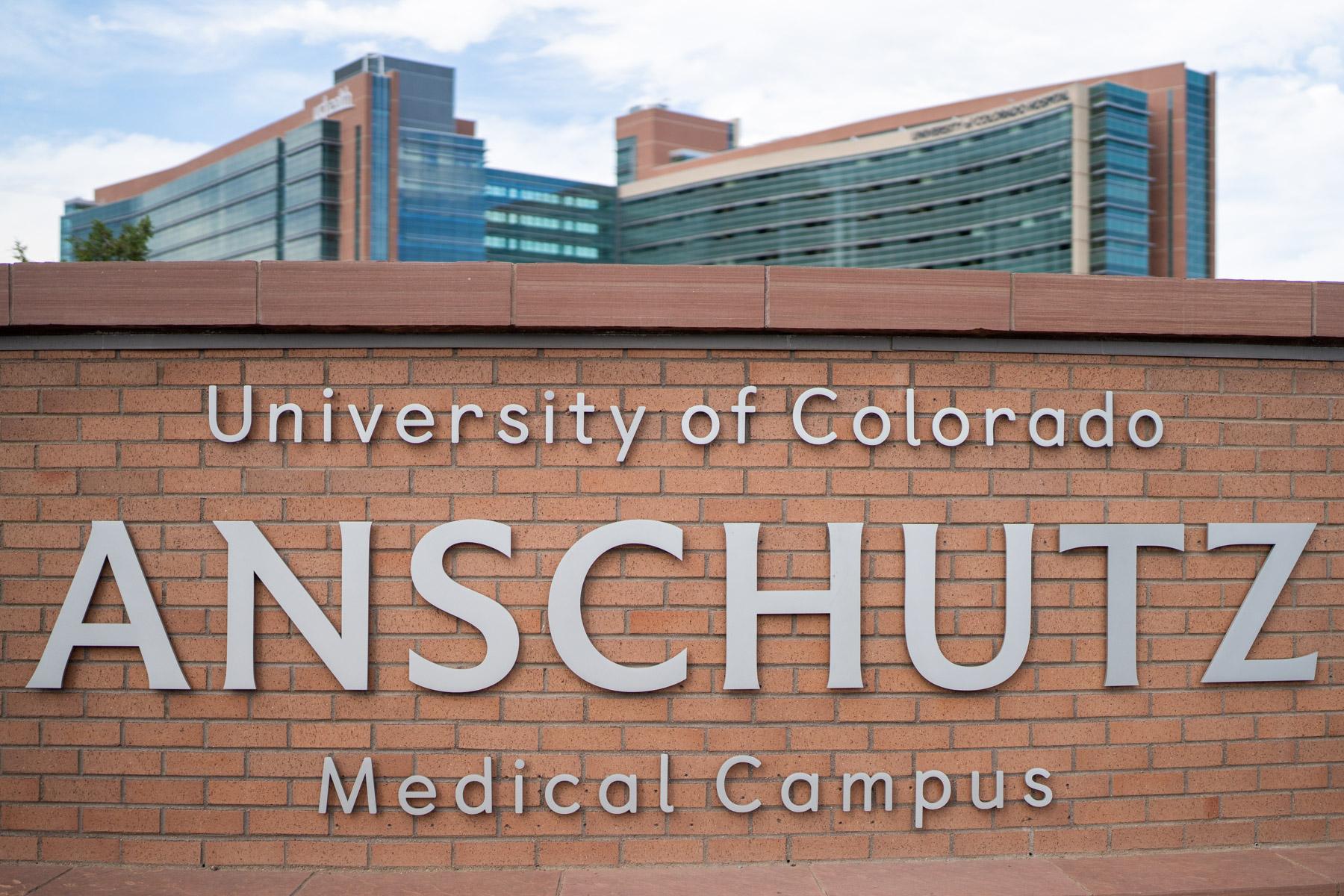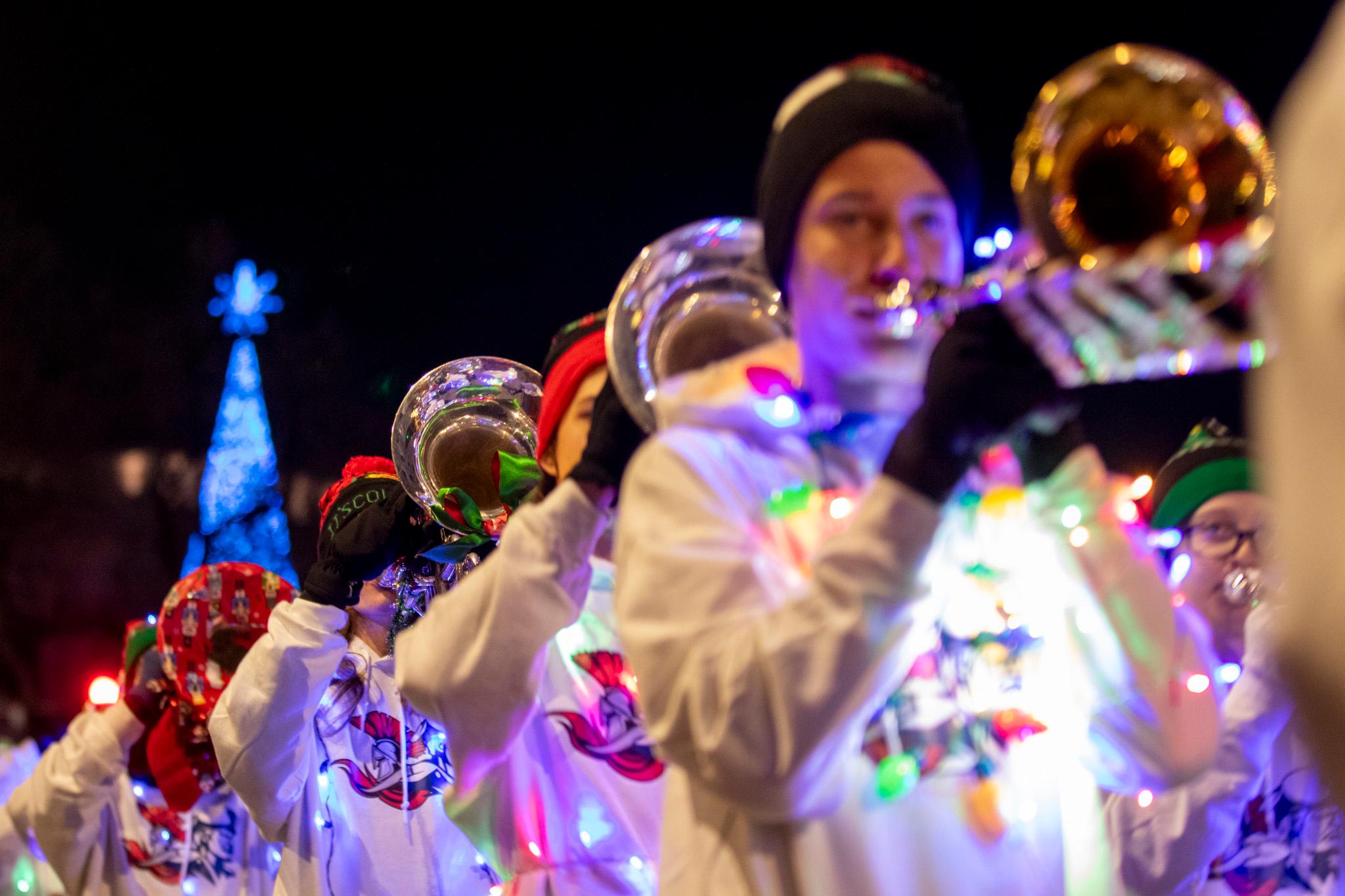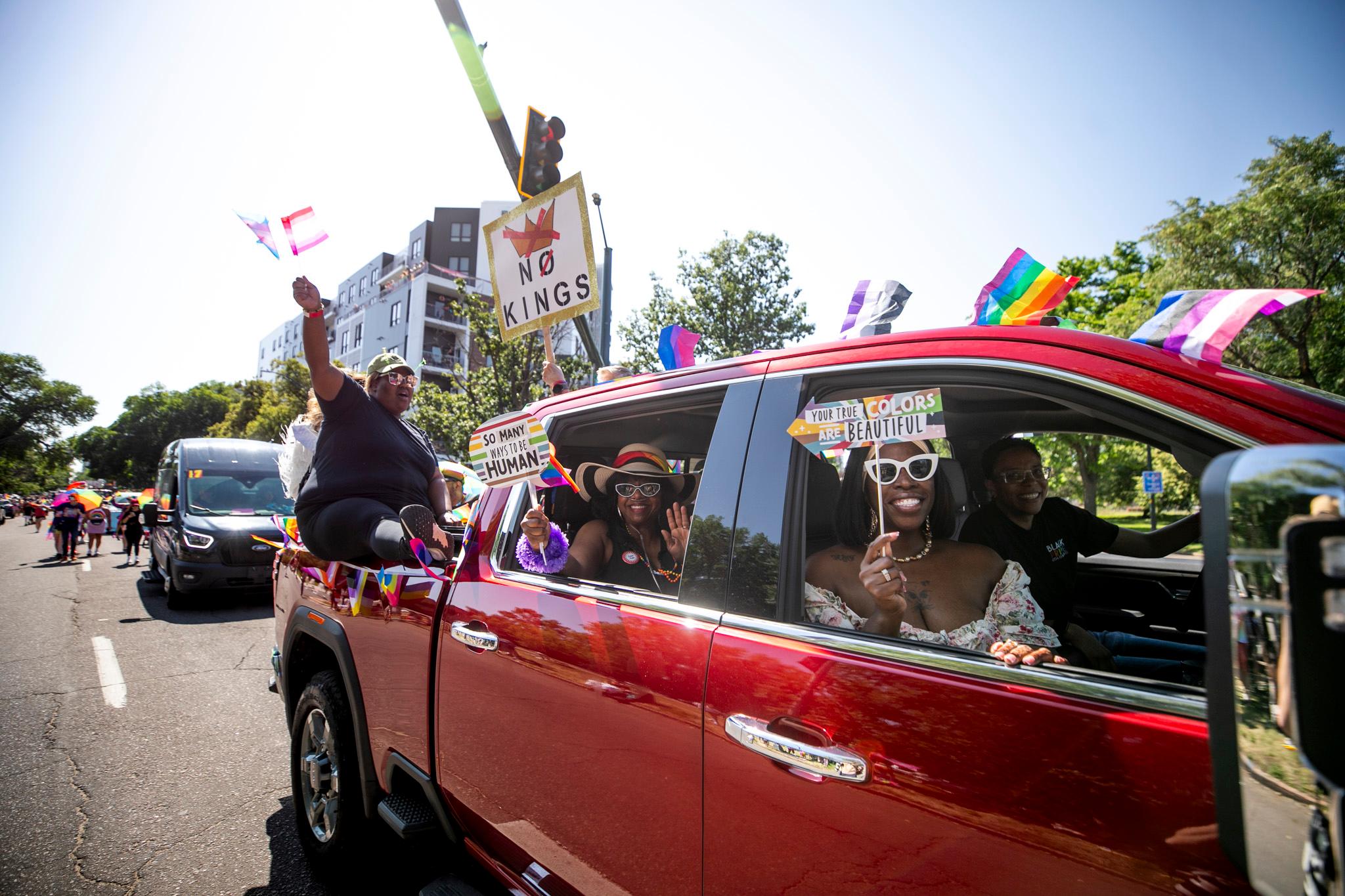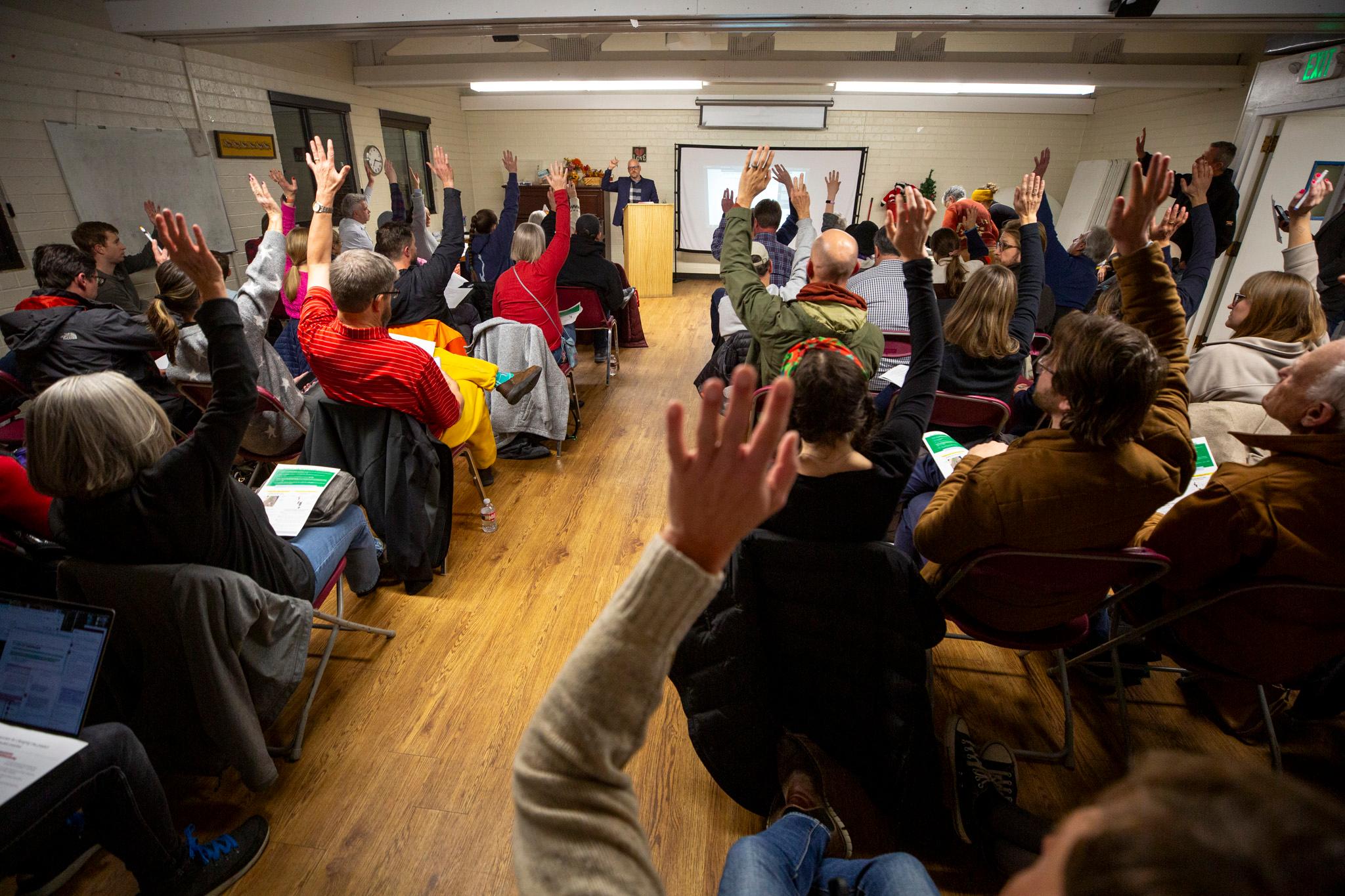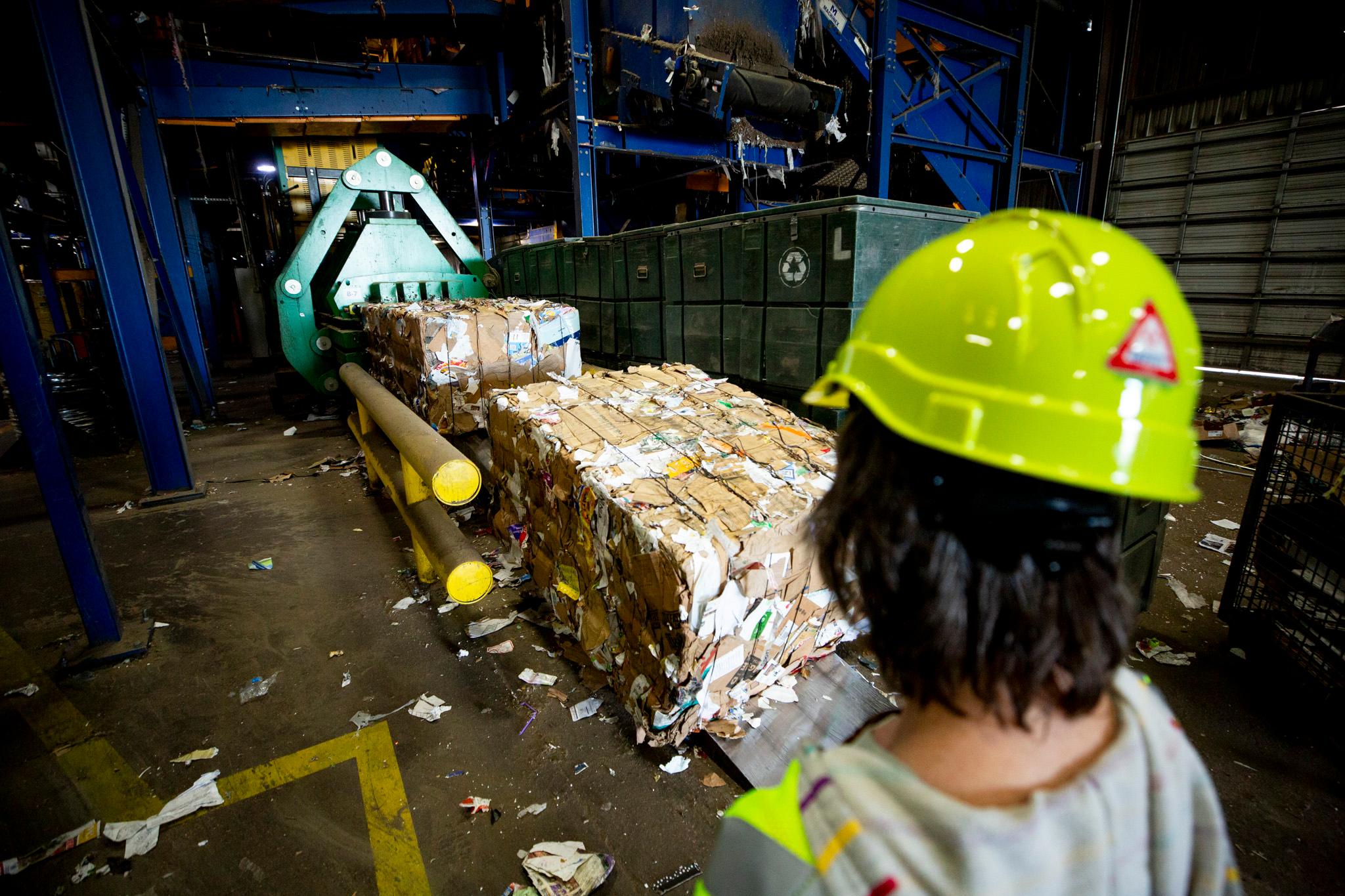RTD's security operations headquarters are in a cavernous, dimly-lit room that looks like something out of an action movie.
Located on Denver's west side, the room has bright blue lights above a long desk where three 911-certified operators take calls and respond to activity on the transit service's mobile app. In front of them are giant screens showing live footage fed from hundreds of cameras at bus stops and rail stations.
Everything is calm, cool, collected. This tranquil space is where authorities first learned of the chaos that ended with a man dead on Lincoln Street this week. It's where RTD first learned a man was acting aggressively on one of its buses.
RTD Police Chief Bob Grado said a passenger initially reported the incident on the Transit Watch app, which allows people to report suspicious activity. It led to a confrontation between an RTD officer and the suspect, who was carrying a gun. Minutes after that, the man was shot and killed by a Denver police officer. Police are still investigating the incident.
For Grado, the incident is a reminder of why they created the free app and how quickly RTD can respond to such incidents.
Grado said they now have about 26,000 downloads of the app and expect this week's incident to result in a spike in downloads. App users still only make up a fraction of the 300,000 passengers RTD sees every day.
"Recently, it's gone up," Grado said. "We will see a spike this week. We don't have our numbers right now, but I can pretty much guarantee it."
The westside center is one of two RTD security command centers they operate, along with another location focusing more on commuter operations (Grado asked the precise locations not be disclosed for security reasons). The information there is shared constantly with other law enforcement agencies.
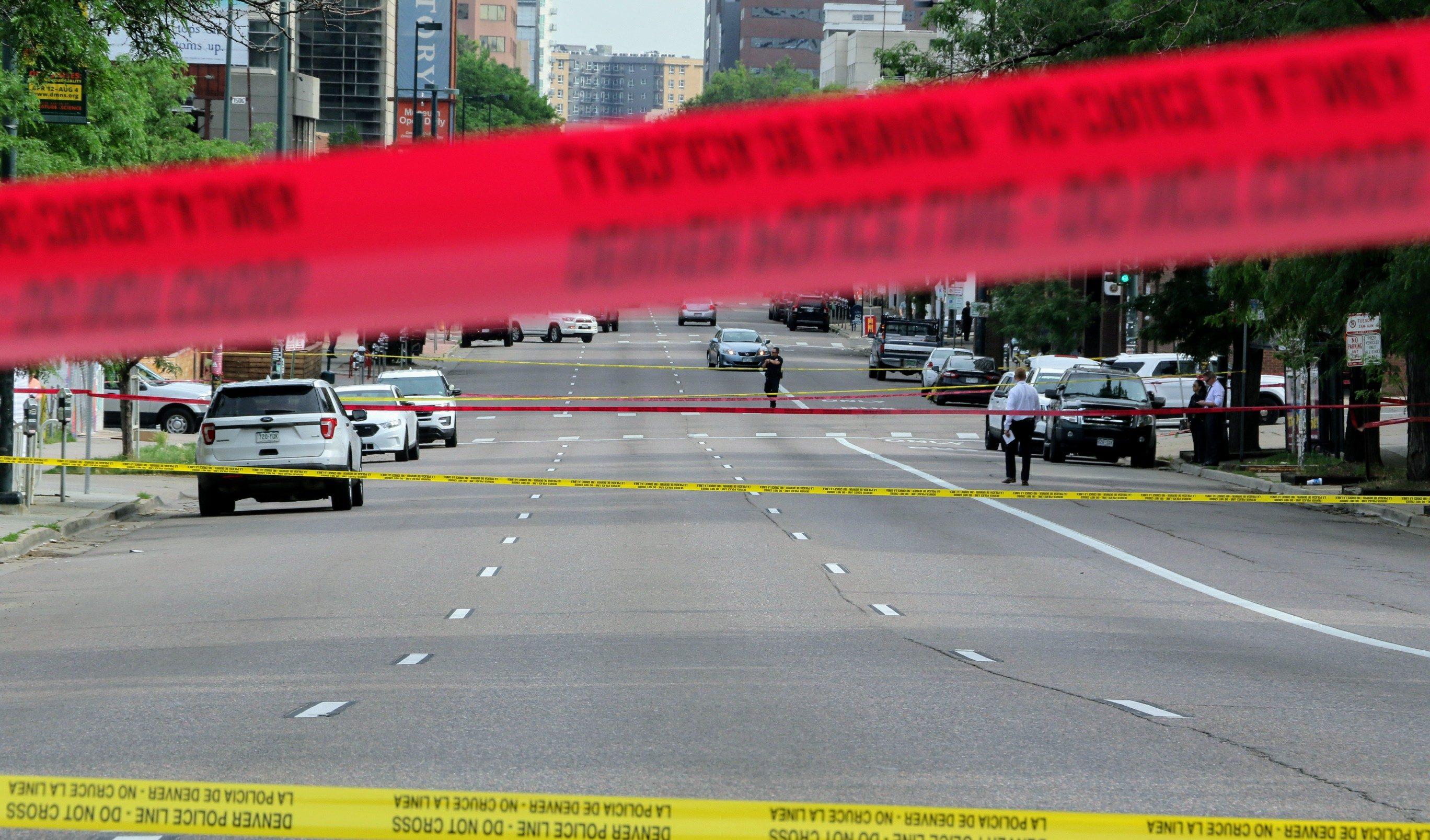
"I think RTD is doing more than most agencies for security," Grado said. "When people come from other agencies and they see what we're doing, they're like, 'Wow, we need to be doing this.'"
The RTD police officer involved in Monday's situation with the gunman -- which police on Tuesday described as an "armed confrontation" between the two -- is one of just 10 sworn-in internal transit police officers. They usually serve oversight roles out in the field.
The agency's entire security roster includes some 600 officers, a majority of whom are contracted security or police officers from cities RTD serves doing extra duty, including Denver. Grado said officers are all armed and have to go through specialized training. Grado said there are typically about 70 or more officers on-duty on any given day.
"We only have so many assets out there," RTD Public Safety Communications Manager Mike Christman said. "We rely heavily on the public to report."
Denver Police Division Chief Ron Thomas said that on most days, there are usually two to four Denver police officers doing off-duty security work for RTD, usually in marked vehicles. They also patrol high-use areas, like around areas like Colfax Avenue and LoDo. The two regularly exchange information related to investigations and ongoing situations, as this week's incident showed.
"I think it proved that we have a pretty good system," Thomas said.
This week's incident isn't the first violent encounter for an RTD officer, and there have been a couple of high-profile incidents in recent years.
In 2017, RTD contract security officer Scott Von Lanken was killed execution-style near Union State. Later that year, a 43-year-old man was fatally shot by an RTD officer near at Sheridan station in Denver. Grado said they were the last major incidents involving RTD officers.
Grado wants to see all passengers on the app, which launched in 2014.
He sees it as another set of eyes for security.
"Right now, our goal is to increase by 10 percent every single year," Grado said. "Right now I've got, I'll say, 26,000 riders out that are helping us perform security on the system."
RTD spokeswoman Laurie Huff said riders often ask why they should download the app.
"Is anyone going to actually respond to the information I submit?" Huff said she's often asked. "Everyone's dealing with this in real time. And they're resolving these incidents. They're getting this information, they're reacting to it. They get it within seconds."
Huff said that by and large, the app has been popular among users. And while she didn't have data about the app's feedback immediately available, she pointed toward a fares survey conducted by RTD in July 2018 that showed 90 percent of riders agreed that RTD services were "safe." That figure was smaller (77 percent) among non-riders. Riders were classified as people who used RTD services once in the past 12 months.
Grado said there are times he calls the "I'm nervous" situations where something doesn't feel right but doesn't seem to rise to the level of calling 911. Those are the kinds of situations where Grado sees the app as an option.
"This is a way they can communicate with us and we can check it out for them," Grado said.
Say you're on a bus and you see an unattended bag. This is probably one of the most common reports the operation center gets. You can report it on the app with details about the activity, the bus or line you're riding, what direction you're headed, and a photo of the activity. There's an option to either stay anonymous or provide contact info.
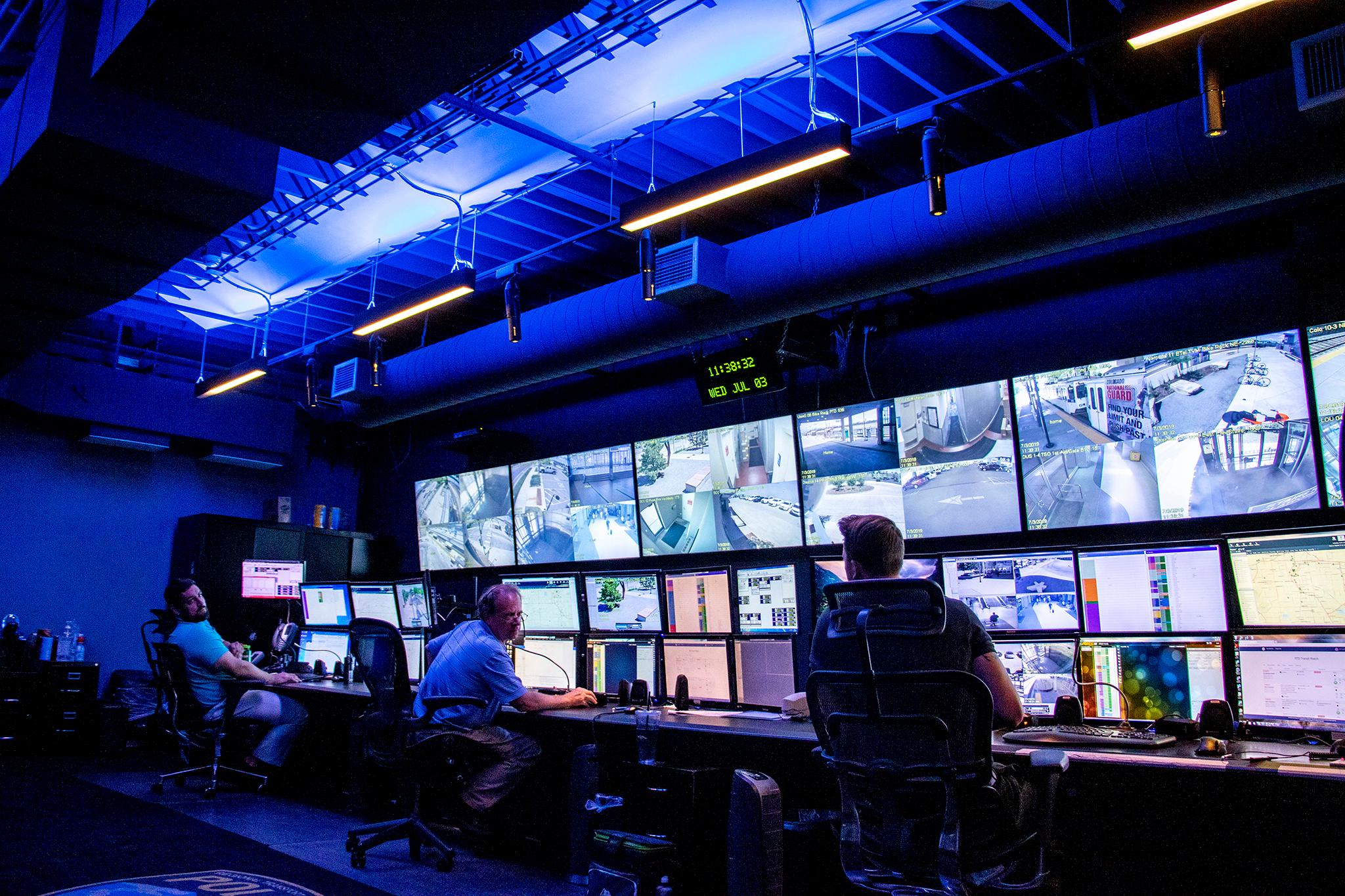
"When you're on a bus or train, everybody's on their phone, so it's very discreet, which is nice," Christman said. If you allow the app to access your GPS, it will also notify RTD where you sent the report from.
Once you submit it, it'll appear before one of the operators in front of the giant screens. A little message note will sound on their computers, signifying a new report has been submitted. The operators can then take appropriate action and even reach out through an instant message on the app if you allow them to contact you (you can choose to remain anonymous).
Passengers can also call 303-299-2911 or text 303-434-9100 to make a report to RTD. Grado encourages people to call 911 in true emergency situations.


